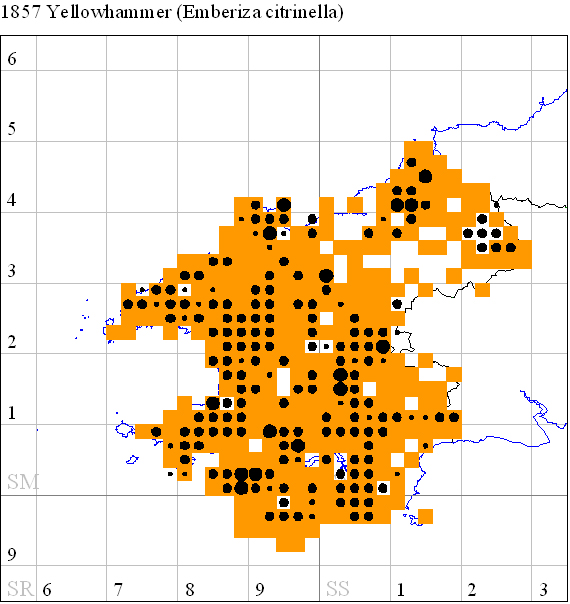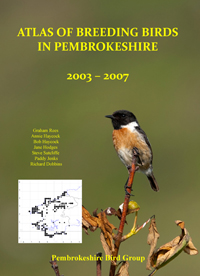Status and Atlas of Pembrokeshire Birds
This book is the first authoritative and comprehensive guide to the birds and bird habitats of Pembrokeshire to be published for nearly 50 years. The opening chapters set the ornithological scene in this [county in] the far south-west of Wales. The species accounts review the older records, the numerous changes which have taken place, and the massive amount of new information gleaned by increasing numbers of enthusiasts in recent decades. New discoveries are conitnually being made, and a better understanding of our birds achieved, as a results of these efforts. The scene is set after a glorious century of ornithological endeavour since the first Birds of Pembrokeshire. On to the next with this book as your guide. What new discoveries will be made, what new species will occur, what changes, both gains and losses, can only be properly measured by recourse to this new avifauna.
Whether ardent watcher, back garden enthusiast, or just someone who loves the wild places of Pembrokeshire and the birds they support, this book will be essential reading.
Jack Donovan and Graham Rees.
Background to the 1984-88 breeding distribution maps (adapted from Donovan & Rees,1984)
Maps of breeding distribution were compiled as a result of the Breeding Birds Survey conducted by the Dyfed Wildlife Trust from 1984-1988. The methods used for gathering and classifying this information followed those of the British Trust for Ornithology Atlas of breeding birds of the British Isles (Sharrock, 1976).
Distribution is plotted by tetrads (2km x 2km squares). Adjustments were made in as much as the islands of Grassholm, Caldey, Skokholm and Ramsey were regarded as occupying one square each and Skomer and Middleholm were regarded as a composite tetrad. This gave a maximum of 478 tetrads.
The original maps in the 1994 publication shows:
Presence in the breeding season (=possible breeding): small dots
Probable breeding evidence: medium-sized dots
Confirmed breeding evidence: large-sized dots
Colours are used in the on-line version of these species breeding distribution maps:
Yellow = possible breeding evidence
Orange = probable breeding evidence
Red = confirmed breeding evidence
Digitisation of the 1984-88 mapped records discovered, for a few species, some small differences in the total numbers and the proportions found in tetrads. The on-line maps have amended figures for these species to take these differences into account.
 Friday, April 10, 2020 at 8:01AM
Friday, April 10, 2020 at 8:01AM 
 Pembrokeshire Avifauna committee | Comments Off |
Pembrokeshire Avifauna committee | Comments Off |  1994 BoP,
1994 BoP,  PBBA 2003-7,
PBBA 2003-7,  breeding in
breeding in  Yellowhammer
Yellowhammer 

